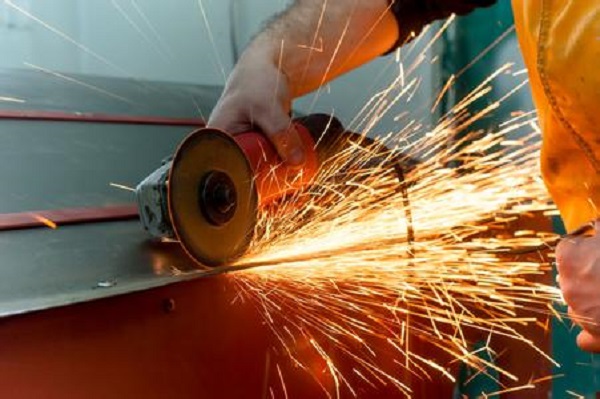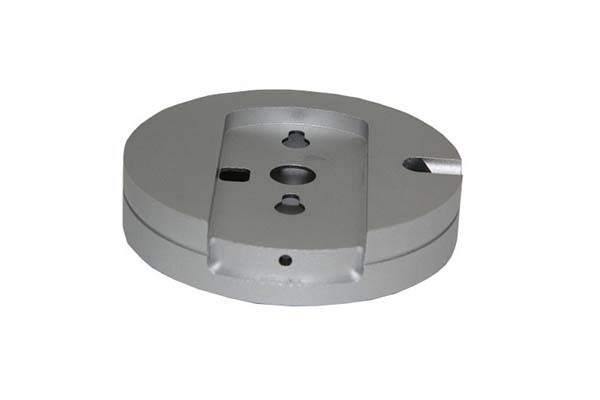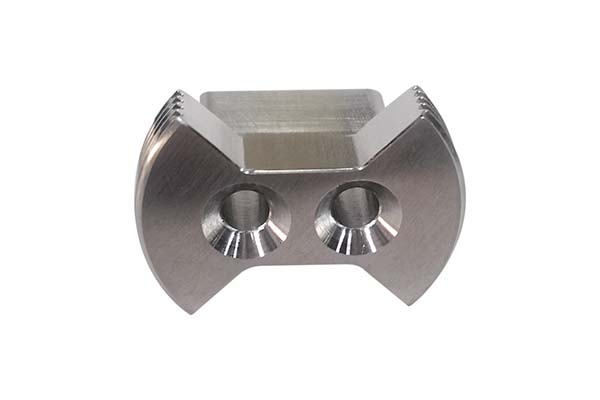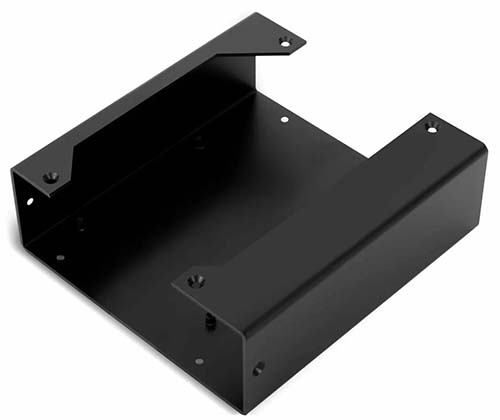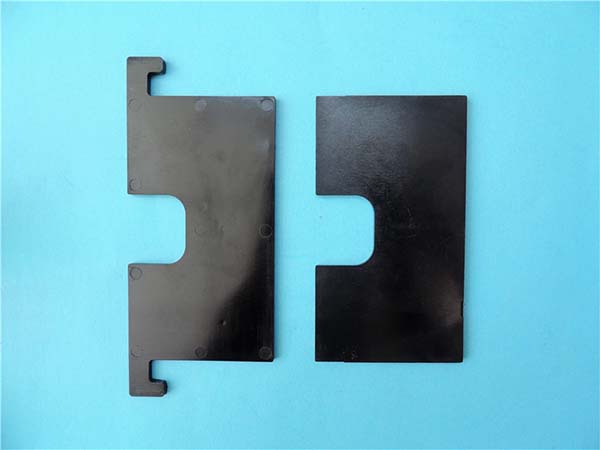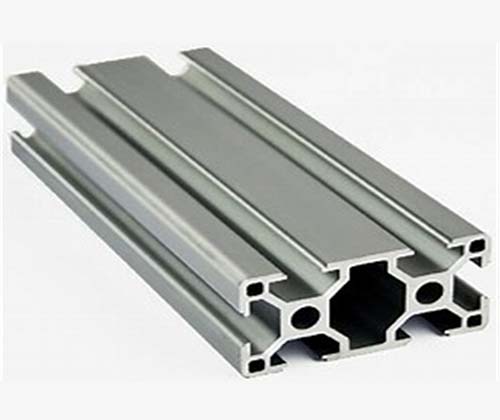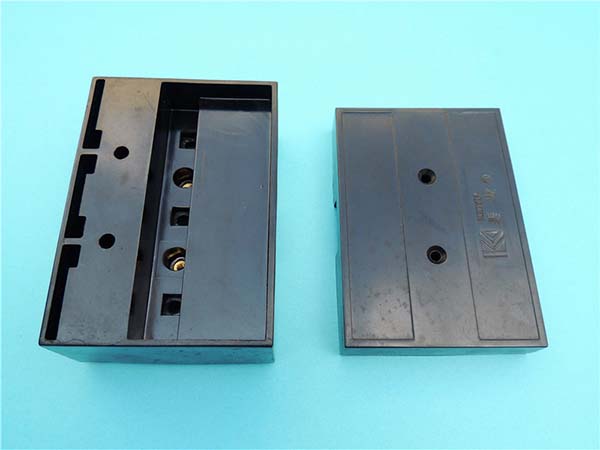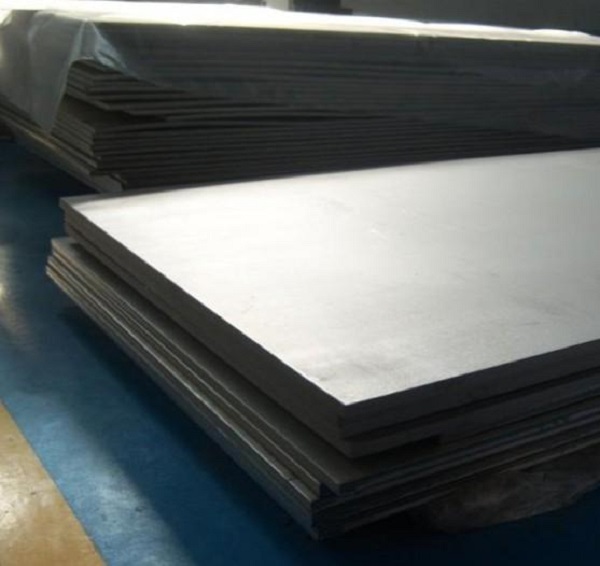Introduction
Cutting sheet metal is a fundamental process that plays a pivotal role in a vast array of industries, from manufacturing and construction to automotive and aerospace. Whether it's crafting a small, intricate component for an electronic device or fabricating large panels for a building, the ability to accurately cut sheet metal is crucial. In our daily lives, we may encounter products made from cut sheet metal without even realizing it, such as kitchen appliances, furniture, and even the frames of our cars. But how exactly does one go about cutting sheet metal? What are the best methods, and what factors need to be considered? This article will delve into these questions, providing you with a comprehensive guide to cutting sheet metal. By understanding the ins and outs of this process, you'll be better equipped to choose the right cutting method for your project, ensuring precision, efficiency, and cost - effectiveness.
Types of Sheet Metal Cutting Methods
There are several methods available for cutting sheet metal, each with its own set of advantages and best - suited applications.
Laser Cutting
Laser cutting is a highly precise method that uses a high - power laser beam to melt, burn, or vaporize the sheet metal. The laser beam is focused onto the metal surface, and as it moves along the desired cutting path, it creates a narrow and accurate cut.
- Advantages:
- High Precision: It can achieve extremely tight tolerances, often within ±0.05mm, making it ideal for applications where precision is crucial, such as in the manufacturing of electronic components. For example, in the production of smartphone casings made from sheet metal, laser cutting can create the precise openings for buttons, cameras, and ports with great accuracy.
- Complex Shapes: Laser cutting can easily handle complex and intricate shapes. The laser beam can be programmed to follow any path, allowing for the creation of detailed patterns and designs. This makes it popular in the jewelry and art industries when working with sheet metal to create unique pieces.
- Minimal Heat - Affected Zone: The heat generated during laser cutting is concentrated in a very small area, resulting in a minimal heat - affected zone. This means that the surrounding metal retains its original properties, reducing the need for post - processing to correct for heat - induced distortions.
Plasma Cutting
Plasma cutting works by creating a high - temperature plasma arc. This arc is used to melt the sheet metal, and then a high - velocity jet of gas blows away the molten metal, leaving behind a clean cut.
- Advantages:
- Thick Material Cutting: Plasma cutting is more suitable for cutting thicker sheet metals compared to laser cutting. It can handle metals up to several inches thick, making it a go - to choice for applications in the construction and shipbuilding industries. For instance, when cutting large steel plates for building structures or ship hulls, plasma cutting can efficiently get the job done.
- Cost - Effective for Thicker Metals: In cases where thick sheet metals need to be cut, plasma cutting is often more cost - effective than laser cutting. The equipment required for plasma cutting is generally less expensive, and the operating costs, such as power consumption, are also lower for thick - metal cutting operations.
- Versatility: It can cut a wide range of metals, including stainless steel, aluminum, and copper, making it a versatile option for various industries. In the automotive industry, plasma cutting is used to cut different metal components made from various alloys.
Shearing
Shearing is a mechanical cutting method where a force is applied to the sheet metal to cause it to fracture along a straight line. This is typically done using a shear machine with two blades.
- Advantages:
- Straight Cuts: Shearing is highly efficient for making straight cuts. It can quickly cut through sheet metal in a straight line, making it ideal for applications where large quantities of straight - edged parts are needed, such as in the production of metal roofing sheets or wall panels in the construction industry.
- Cost - Efficiency: It is a relatively low - cost cutting method, especially when compared to laser and plasma cutting for large - scale production of simple - shaped parts. The equipment for shearing is less complex and expensive, and the process is faster for straight - line cuts, reducing labor and production costs.
- High - Volume Production: Due to its speed and simplicity for straight cuts, shearing is well - suited for high - volume production. For example, a metal fabrication plant that produces thousands of identical rectangular metal sheets for industrial use can use shearing to meet the production demands efficiently.
Factors to Consider When Cutting Sheet Metal
Material Type and Thickness
The type of sheet metal and its thickness are crucial factors in determining the cutting method. Different metals have varying properties that affect how they can be cut. For example, aluminum is a relatively soft metal. Thinner aluminum sheets, say those less than 3mm thick, are often well - suited for laser cutting. Laser cutting can create smooth edges and precise cuts on thin aluminum, which is important in applications like making parts for electronic devices or decorative items. On the other hand, thicker steel plates, especially those over 10mm thick, are more challenging to cut with a laser due to the high power requirements. Plasma cutting is a better option for thick steel as it can handle the high melting point of steel more effectively. Here is a table showing the cutting characteristics of some common sheet metals:
| Metal Type | Thickness Range (mm) | Preferred Cutting Method | Reason |
| Aluminum | 0.5 - 3 | Laser Cutting | High precision, minimal heat - affected zone for thin sheets |
| Aluminum | > 3 | Plasma Cutting | Can handle thicker materials more efficiently |
| Mild Steel | 0.5 - 6 | Laser Cutting or Shearing | Laser for precision, shearing for straight - line cuts in thin - to - medium thickness |
| Mild Steel | > 6 | Plasma Cutting | More cost - effective for thick sections |
| Stainless Steel | 0.5 - 5 | Laser Cutting | Good for achieving precision cuts and minimizing heat - induced corrosion risks |
| Stainless Steel | > 5 | Plasma Cutting | Better for thicker stainless steel due to high melting point |
Cut Accuracy Requirements
The required accuracy of the cut also plays a significant role in choosing the cutting method. Laser cutting is the go - to choice when high - precision cuts are needed. In the aerospace industry, parts made from sheet metal often require extremely tight tolerances. For example, components for aircraft engines made from sheet metal need to be cut with an accuracy of ±0.01mm. Laser cutting can easily meet these requirements. However, if the accuracy requirements are not as strict, say within ±1mm, less expensive methods like shearing or basic plasma cutting can be used. In the production of simple metal storage bins, where the focus is more on cost - effectiveness and functionality rather than high - precision cuts, shearing can be used to quickly cut the sheet metal into the required shapes.
Production Volume
The volume of production is another important consideration. For high - volume production, such as in the automotive industry where thousands of metal sheets need to be cut daily to make car bodies, efficiency and cost - effectiveness are key. Methods like plasma cutting or high - speed shearing are preferred as they can cut large quantities of sheet metal quickly. Plasma cutting can handle thick metal sheets used in car chassis construction, and high - speed shearing can produce large numbers of simple - shaped parts like car body panels. In contrast, for small - volume production or prototype development, more flexibility in the cutting method is often desired. Laser cutting may be a better choice as it can create complex shapes and precise cuts, even if it is more expensive per unit. For example, a small - scale jewelry manufacturer producing limited - edition metal jewelry pieces may use laser cutting to create intricate designs on small sheets of precious metals like silver or gold.
Yigu Technology's Perspective
As a non - standard plastic metal products custom supplier, Yigu Technology understands the significance of precise sheet metal cutting. We are equipped with state - of - the - art laser cutting, plasma cutting, and shearing equipment. Our professional team has in - depth knowledge of different sheet metal cutting methods. Whether it's a small - scale project requiring high - precision cuts or a large - scale production task, we can handle it.
We focus on providing customized solutions. By closely communicating with customers, we fully understand their material, accuracy, and production volume requirements, and then select the most suitable cutting method. This ensures high - quality products that meet or exceed customer expectations, and also helps customers save costs and improve production efficiency.
FAQs
Q1: What is the best cutting method for thin stainless - steel sheets?
For thin stainless - steel sheets, laser cutting is often the best choice. Stainless steel has a relatively high melting point and is prone to corrosion. Laser cutting offers high precision, capable of achieving tight tolerances within ±0.05mm. It also has a minimal heat - affected zone, which helps to prevent heat - induced corrosion and maintain the integrity of the stainless - steel material. This makes it ideal for applications such as making parts for medical devices or high - end kitchenware where both precision and material quality preservation are crucial.
Q2: Can I cut different types of metals with the same equipment?
Some equipment can cut different types of metals, but the cutting effect may vary. For example, a plasma cutter can cut a wide range of metals including stainless steel, aluminum, and copper. However, the power settings and gas types may need to be adjusted. Laser cutters can also cut various metals, but thicker and more reflective metals like copper and aluminum may require higher - power lasers for efficient cutting. Shearing machines are mainly suitable for straight - line cutting of metals with different thicknesses, but the shearing force needs to be adjusted according to the metal type and thickness. In general, while it's possible to use one type of equipment for multiple metal types, proper adjustments are necessary to ensure good cutting quality.
Q3: How do I ensure the safety of sheet metal cutting?
Safety is of utmost importance when cutting sheet metal. First and foremost, always wear appropriate protective equipment. This includes safety goggles to protect your eyes from flying metal chips, ear protection as some cutting processes can be noisy, and thick - soled work boots to safeguard your feet from falling objects. When operating the cutting equipment, strictly follow the 操作规程. Make sure the equipment is properly maintained and in good working condition before starting. Never touch the cutting area or the moving parts of the equipment while it is in operation. Also, keep the work area clean and free of clutter to prevent tripping hazards. If using flammable gases for plasma cutting, ensure proper ventilation and have fire - extinguishing equipment nearby.
